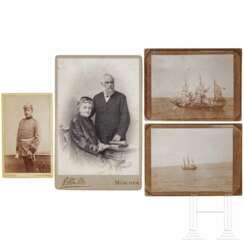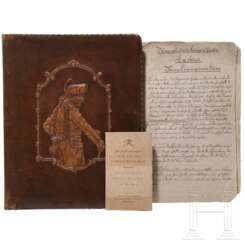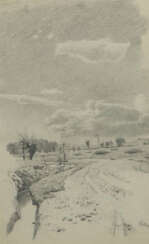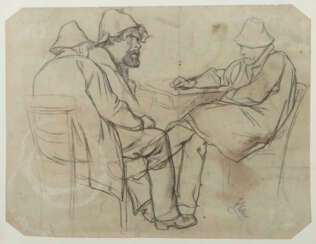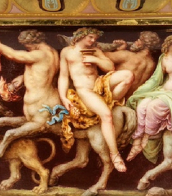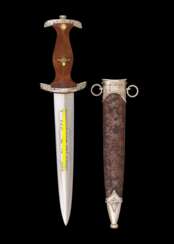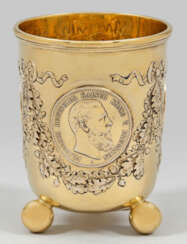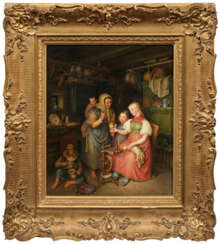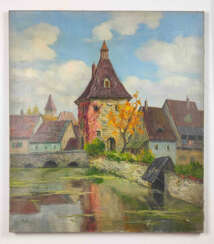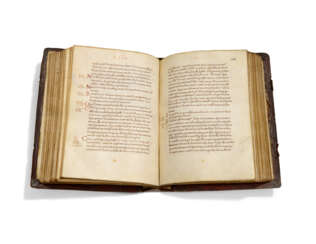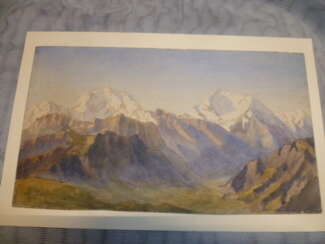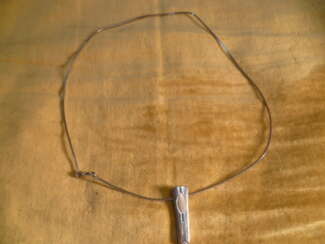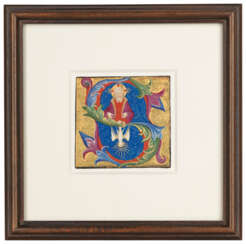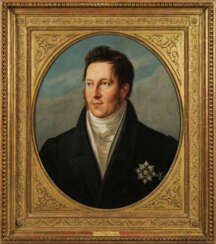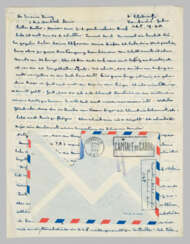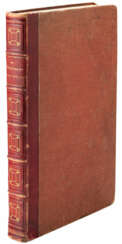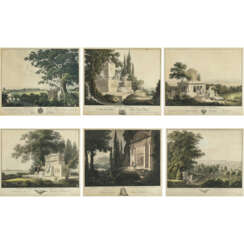28 Items by auctions and galleries:
friedrich müller
Lot 10168 Friedrich der Große - "Morgenstunden des Königs in Preußen", Abschrift des 19. Jhdts. in lederner Schreibmappe mit geschnittener Darstellung des Königs
A107m: Orden und Militaria bis 1918 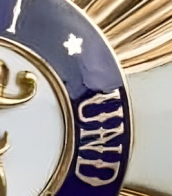

Hermann Historica
A107m: Orden und Militaria bis 1918
Date: 13.11.2025 10:00 UTC +01:00
Number of lots in the catalog: 514
Lot 1073 SA, Dienstdolch M 33 mit Scheide in besonderer Ausführung als Ehrengeschenk für Willy Liebel Oberbürgermeister der Stadt Nürnberg.
Grosse Militaria Winterauktion 2025 Teil 2 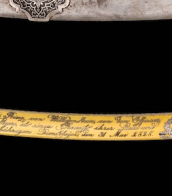

Landshuter Rüstkammer GmbH & Co.KG
Grosse Militaria Winterauktion 2025 Teil 2
Date: 29.03.2025 11:30 UTC +01:00
Number of lots in the catalog: 736
Lot 45 10th-century Gospels
Valuable Books, Manuscripts and Photographs, including Highlights from The Royal Society of Medicine 

CHRISTIE'S
Valuable Books, Manuscripts and Photographs, including Highlights from The Royal Society of Medicine
Date: 10.12.2025 12:00 UTC +00:00
Number of lots in the catalog: 213
Jungfrau und Watzmann
Leopold Rottmann (1812 - 1881) 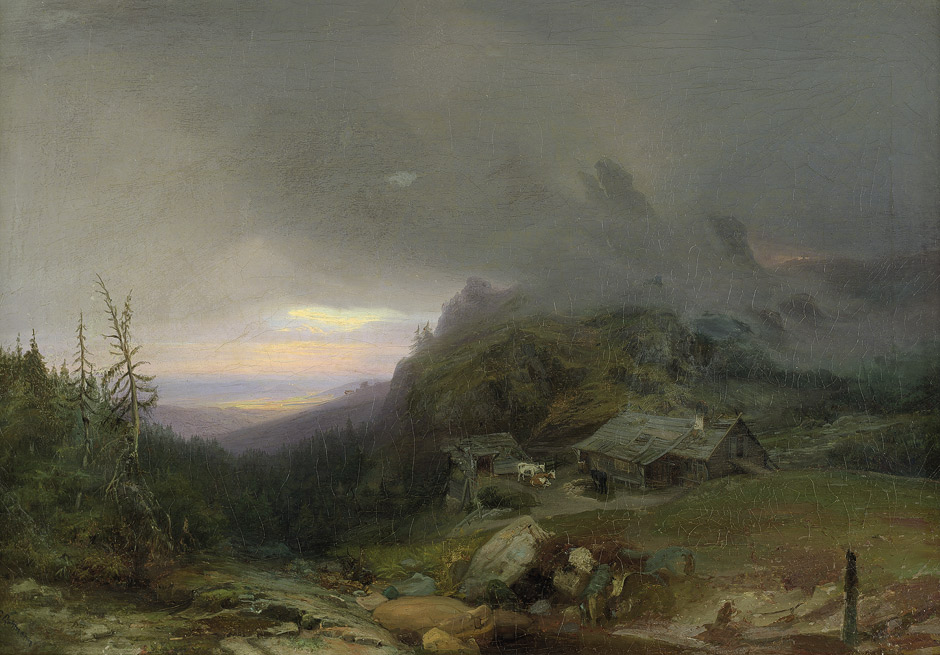 Shop Artkunst
Shop Artkunst

Leopold Rottmann
02.10.1812 - 26.03.1881
Germany
Leopold Rottmann was a German painter of the mid-nineteenth century. He is known as a landscape painter who worked in oil painting and watercolor.
Leopold Rottmann was a proponent of naturalistic and heroic-historical painting. He was the drawing teacher of the future King Ludwig II of Bavaria. Later commissioned by Ludwig, who was inspired by Richard Wagner, Rottmann created the artwork for the production of the composer's opera Lohengrin in 1861.

Shop
Artkunst
Germany
Number of products: 144
Lot 38 Circle of the Master of the Franciscan Breviary
Valuable Books, Manuscripts and Photographs, including Highlights from The Royal Society of Medicine 

CHRISTIE'S
Valuable Books, Manuscripts and Photographs, including Highlights from The Royal Society of Medicine
Date: 10.12.2025 12:00 UTC +00:00
Number of lots in the catalog: 213
Lot 262 Carl Spitzweg
Carl Spitzweg (1808 - 1885) 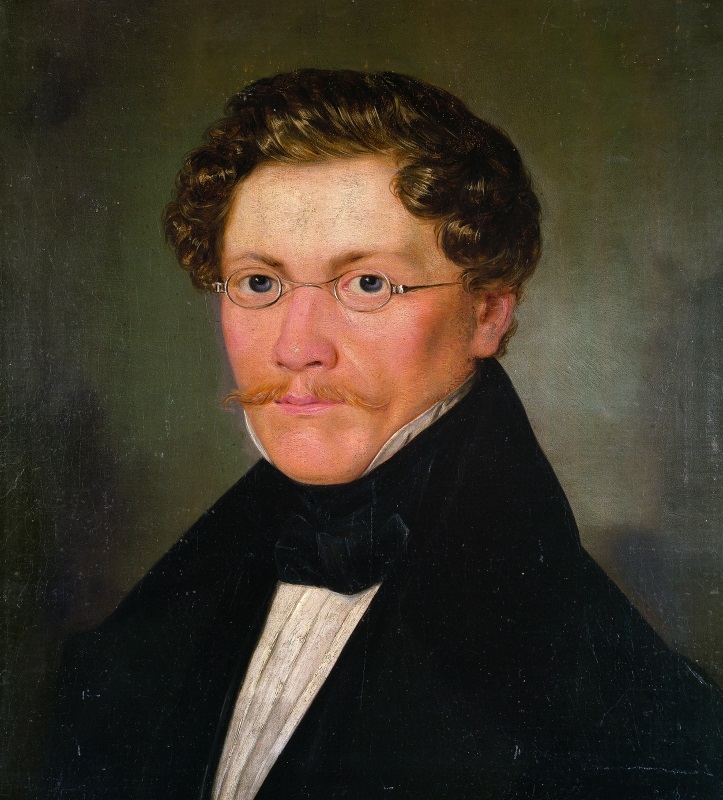 A419: Kunst und Antiquitäten Winter 2025
A419: Kunst und Antiquitäten Winter 2025 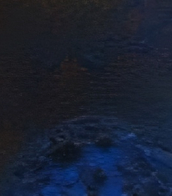

Carl Spitzweg
05.02.1808 - 23.09.1885
Germany
Carl Spitzweg was a German romanticist painter, especially of genre subjects. He is considered to be one of the most important artists of the Biedermeier era.

Kunstauktionshaus Neumeister
A419: Kunst und Antiquitäten Winter 2025
Date: 03.12.2025 14:00 UTC +01:00
Number of lots in the catalog: 356





